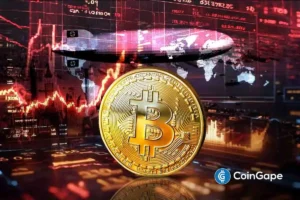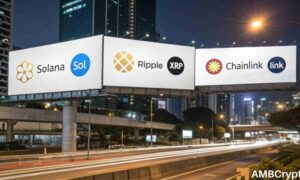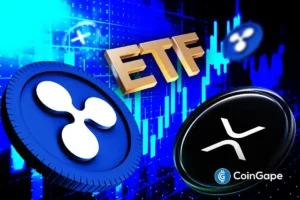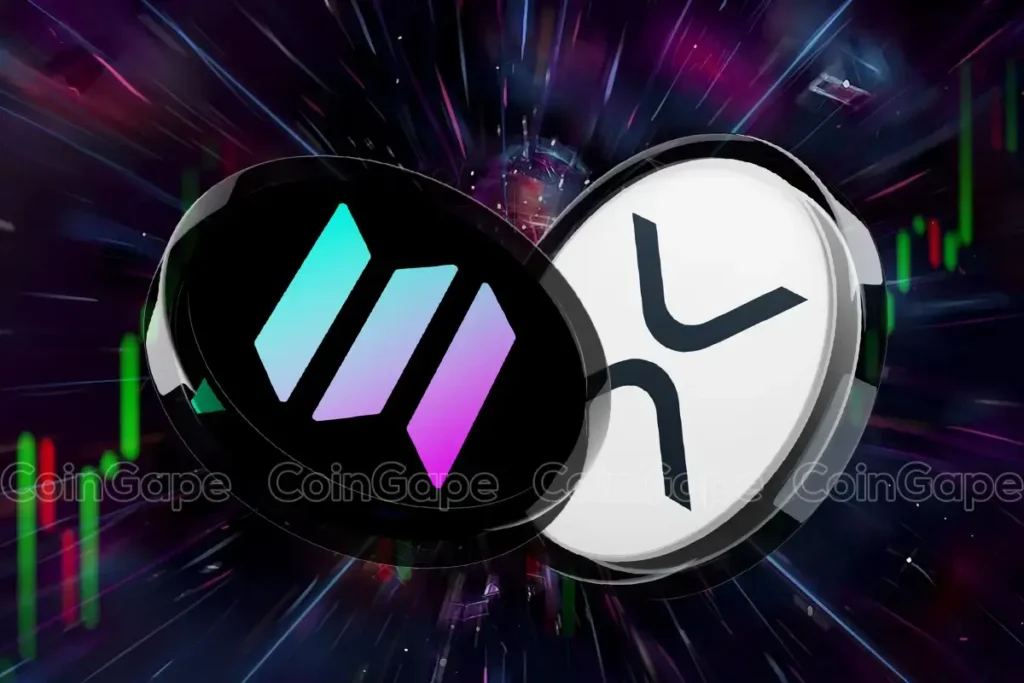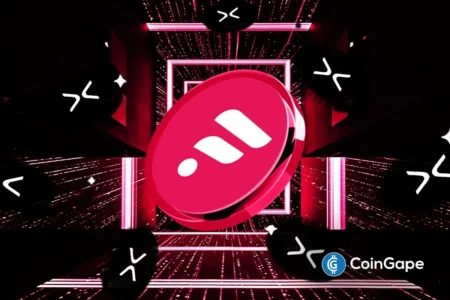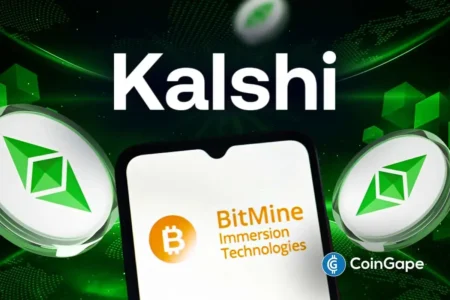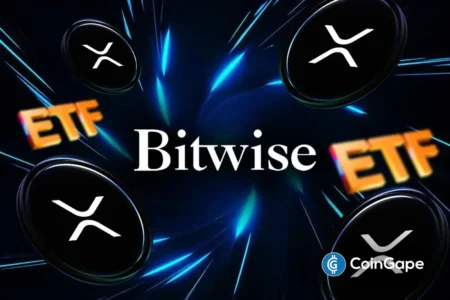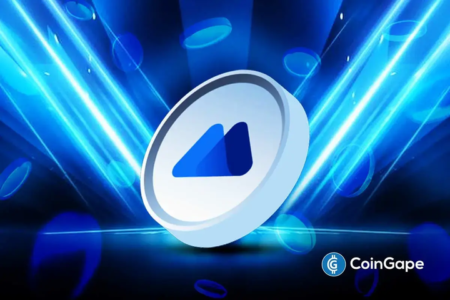Solana vs. XRP: Insights into Network Growth and Investor Sentiment
The digital asset landscape is continually evolving, and the competition between blockchain networks is intensifying. Recently, Vibhu, the manager of the Solana Foundation, raised eyebrows with his remarks on the growth trajectory of XRP compared to Solana. As the debate surrounding these two networks heats up, Vibhu’s observations underscore concerns about the XRP Ledger’s (XRPL) performance in the broader crypto market.
Mediocre Growth on XRP Ledger
In a recent discussion, Vibhu characterized the XRPL as experiencing "extremely mediocre" growth, highlighting a stark contrast with Solana’s booming network activity. According to data referenced from XRPSCAN, the XRPL has maintained approximately 25,000 daily active accounts over the past three years—a figure that pales compared to Solana’s impressive average of over 2.5 million daily active users. This disparity illustrates a staggering 100x difference in user engagement levels, raising questions about XRP’s ability to attract new users.
Furthermore, transaction volume serves as another metric indicating a significant divide between the two networks. The XRP Ledger currently processes about 1.5 million transactions daily, while Solana boasts around 100 million. A close look at monthly transfer volumes also reveals significant discrepancies: XRP’s transactions fluctuate between $50 billion and $60 billion, while Solana’s stablecoin transactions alone soared to nearly $2 trillion in October 2022.
Institutional Interest in Solana
Such levels of network activity have not gone unnoticed by institutional investors. Major companies like Western Union are setting their sights on Solana’s robust infrastructure, as evidenced by their plans to launch a Solana-backed stablecoin by 2026. This interest from Wall Street not only highlights Solana’s appeal but also suggests a trend where leading financial institutions are increasingly relying on blockchain technology to enhance their services.
Despite claims that bots may exaggerate Solana’s sounding metrics, Vibhu dismissed these notions, emphasizing data from analytics firms like Blockworks that exclude wash volume. Given the low transaction fees on both platforms, he argued, there’s little rationale for the discrepancies in user activity to be attributed to bot manipulation.
Technological Developments in XRPL
In response to concerns about its slower growth, the XRPL has introduced several technical advancements, including the Multi-Purpose Token (MPT) standard, aimed at simplifying the tokenization of real-world assets. This move demonstrates a commitment to enhancing the network’s utility and could attract new projects that align with the XRPL’s original focus on financial services.
However, the XRP community seems divided on whether these upgrades are sufficient. Some investors express concerns over the foundation’s apparent detachment from its mission, suggesting that resources may be spread too thin across multiple projects instead of focusing on XRPL’s core offerings. This sentiment raises questions about the long-term viability and focus of the network.
The Ripple Community’s Divisions
As discussions about network growth become more fervent, the Ripple community finds itself increasingly divided. Some advocate for a return to the foundation’s original vision of serving as a dedicated financial transaction network, while others argue that diversification of resources across projects can provide a more robust foundation for growth.
XRPL Validator Vet highlighted that despite the burgeoning competition, the XRPL embodies the "be your own bank" mentality, making it an appealing choice for users seeking to maintain autonomy. He also emphasized that while Solana may attract extensive developer ecosystems through its open framework, XRPL’s built-in tools ensure reliability and effective business use cases, indicating that both networks cater to distinct user needs.
A Call for Healthy Debate
The landscape between these two competing networks is rife with opportunities and challenges. Vibhu’s public challenge to Ripple executives for a live debate on-chain data illustrates a desire for transparency and clarity in the ongoing discourse about network performance. Both communities stand to benefit from such discussions, promoting a better understanding of the unique strengths and weaknesses each blockchain brings to the table.
As the debate continues, it’s essential for investors and users alike to stay informed about the latest developments and challenges each network faces. Whether it’s the rapid growth of Solana or the foundational shifts within the XRPL, the dynamics of blockchain technology are constantly changing, pushing each network to adapt and innovate in the ever-competitive crypto space.
Conclusion: A Look Ahead
The competitive landscape between Solana and XRP showcases the complexities within the blockchain ecosystem. Each network has its strengths, weaknesses, and unique approaches to development and community engagement. While Solana currently appears to be outpacing XRP in terms of growth and institutional interest, the ongoing developments in XRPL, such as technological upgrades and strategic partnerships, could shift the balance in the future.
As the landscape evolves, it’s critical for stakeholders to engage in informed discussions, remain agile, and uphold the foundational principles of the blockchain revolution. The ongoing debate between these two networks will likely continue to shape the broader crypto narrative, offering lessons and insights for investors and developers alike.
